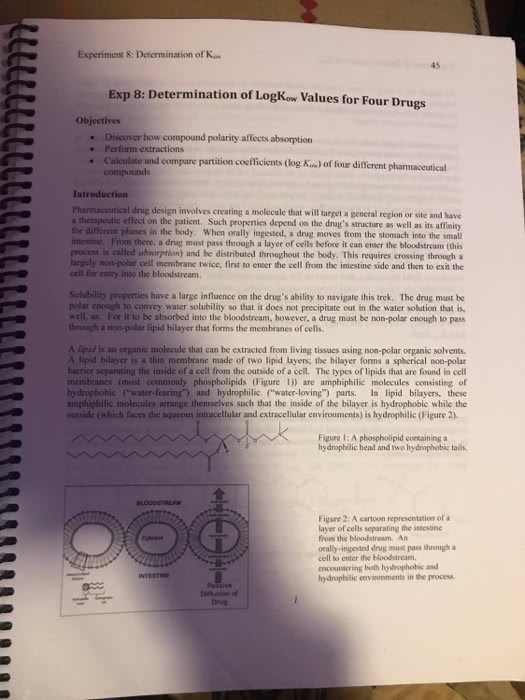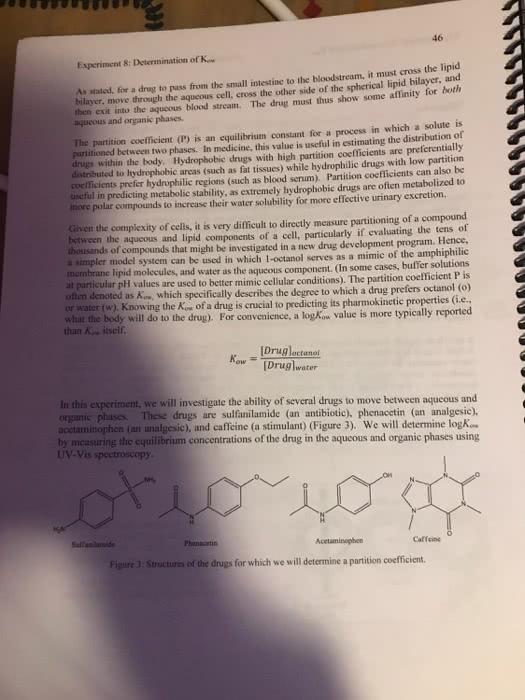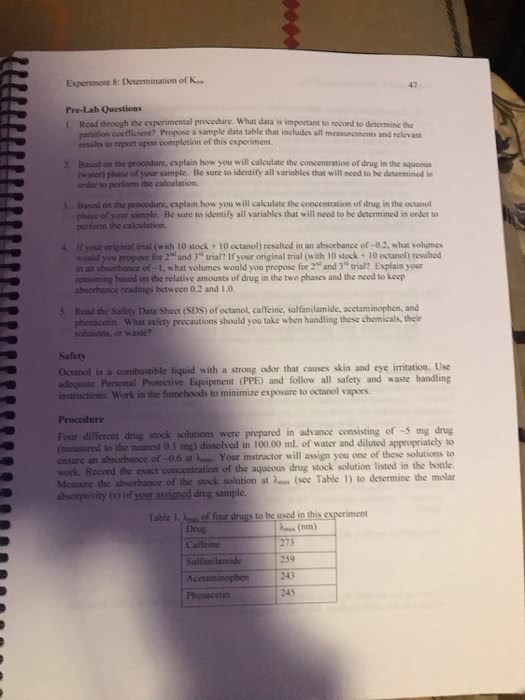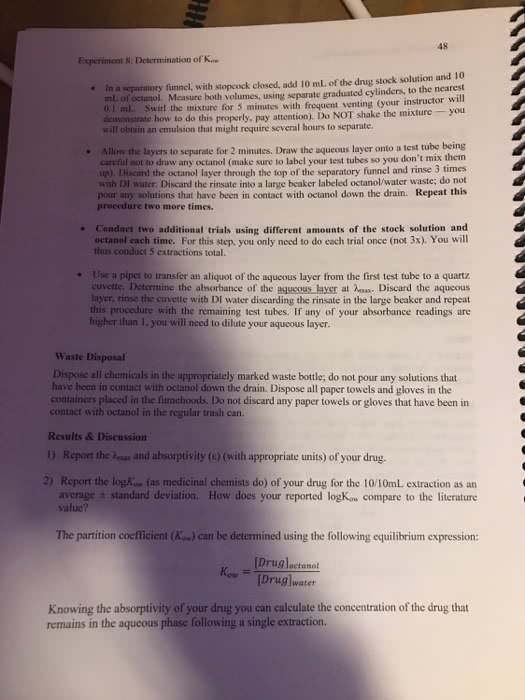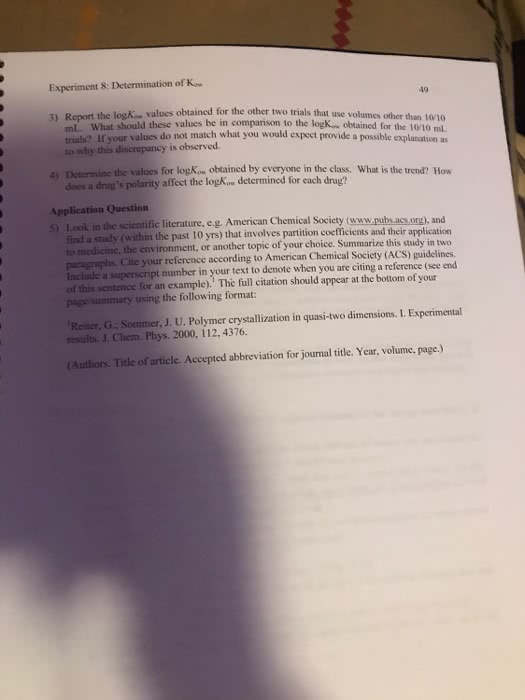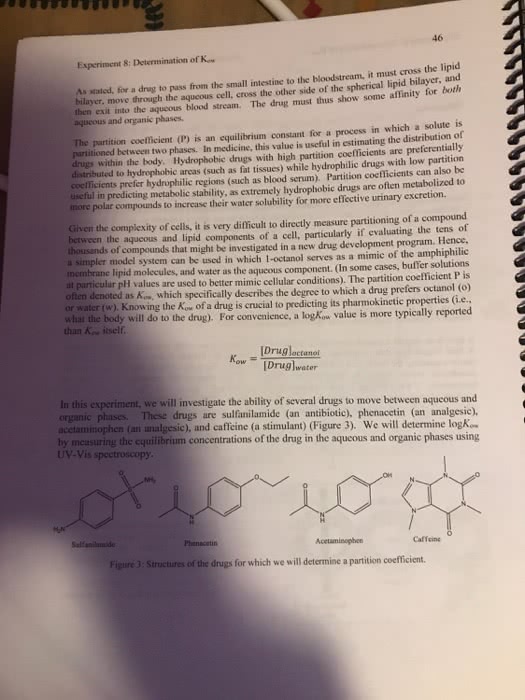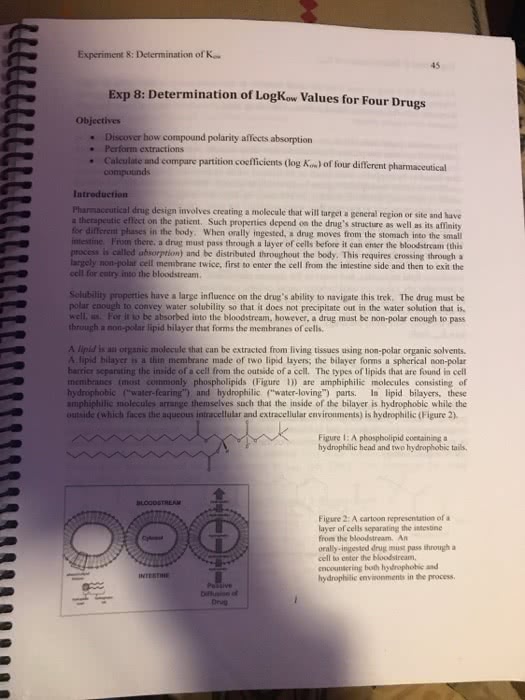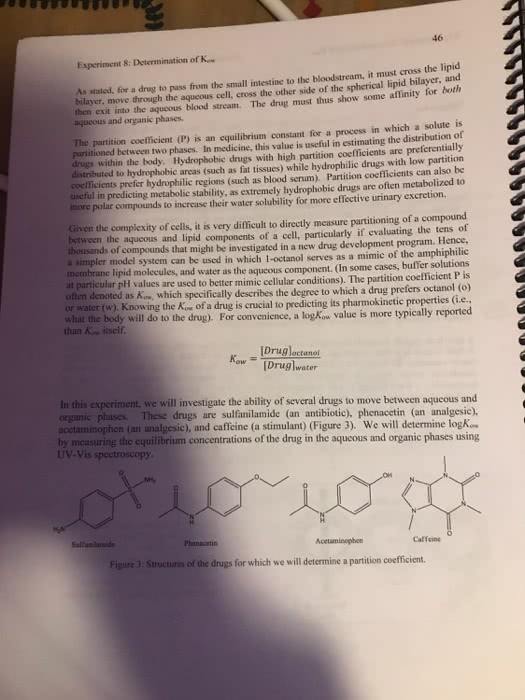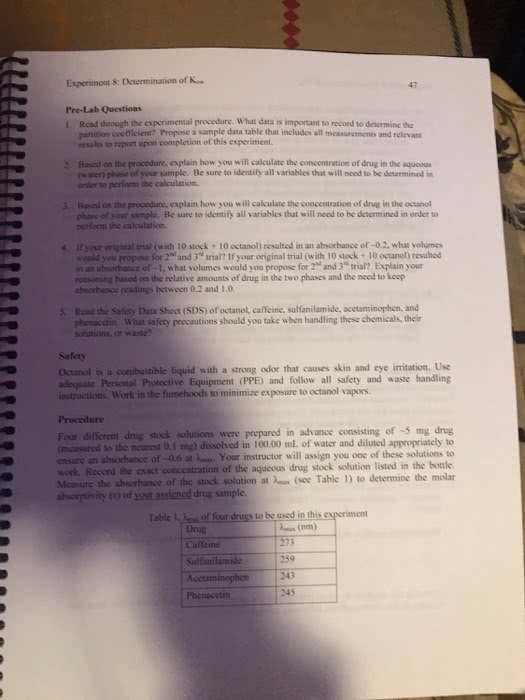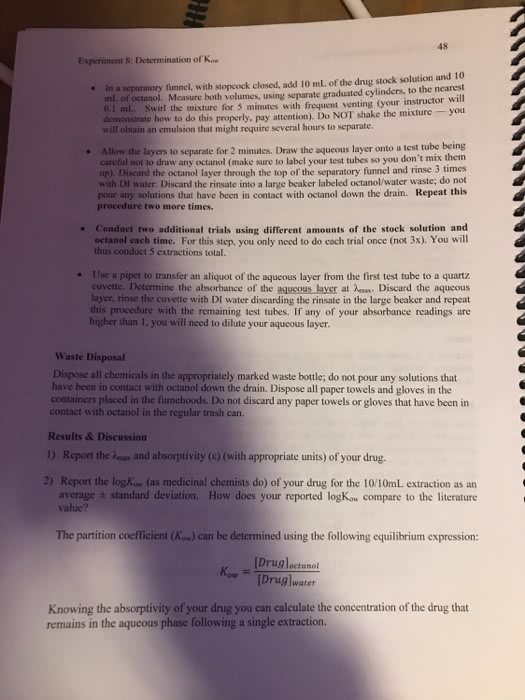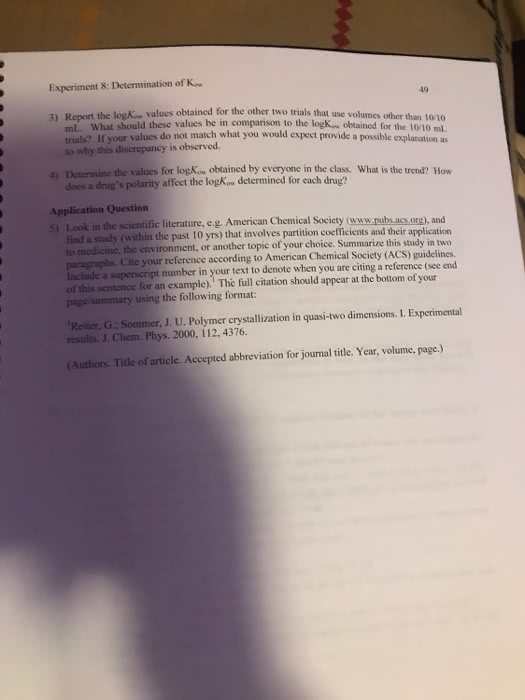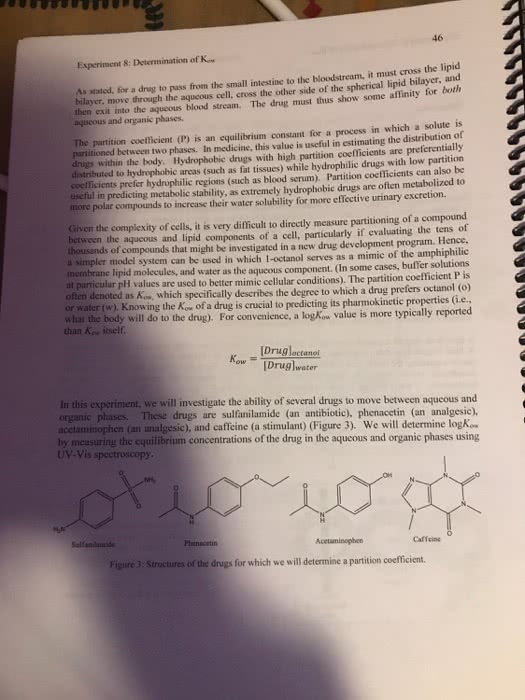BCH 100 Study Guide - Final Guide: Sodium Chloride, Hydrogen Bond, Boiling Point
Document Summary
Lecture 1: h2o: terminology (cid:894)e(cid:454)plai(cid:374) or defi(cid:374)e; u(cid:374)dersta(cid:374)d use of ter(cid:373)s(cid:895): polar (cid:894)(cid:373)ole(cid:272)ule, group . (cid:895), h(cid:455)drophili(cid:272), h(cid:455)dropho(cid:271)i(cid:272), amphipathic (same as amphiphilic), micelle, bilayer. Result of charge imbalance, uneven distribution of electrons. Both hydrophilic and hydrophobic. a spherical arrangement of amphipathic organic molecules, clustered so that the hydrophobic region faces in one direction (usually buried in the interior) while the hydrophilic region faces in the other (usually solvent exposed) Arrangement of two-tailed amphipathic molecules to bury the hydrophobic tails and expose hydrophilic heads to water (e. g. , in biological membranes: explain why water is a polar molecule, and why polar and charged molecules are so soluble in water. Water is polar because oxygen is very electronegative compared to hydrogen. This creates an uneven distribution of electrons making the molecule polar. (cid:862)like dissolves like(cid:863) so polar su(cid:271)sta(cid:374)(cid:272)es dissolve i(cid:374) polar solve(cid:374)ts. The i(cid:374)ter(cid:373)ole(cid:272)ular i(cid:374)tera(cid:272)tions allow for this to happen (hydrogen bonding, etc. ) Ions have charges and can interact with polar substances via.

